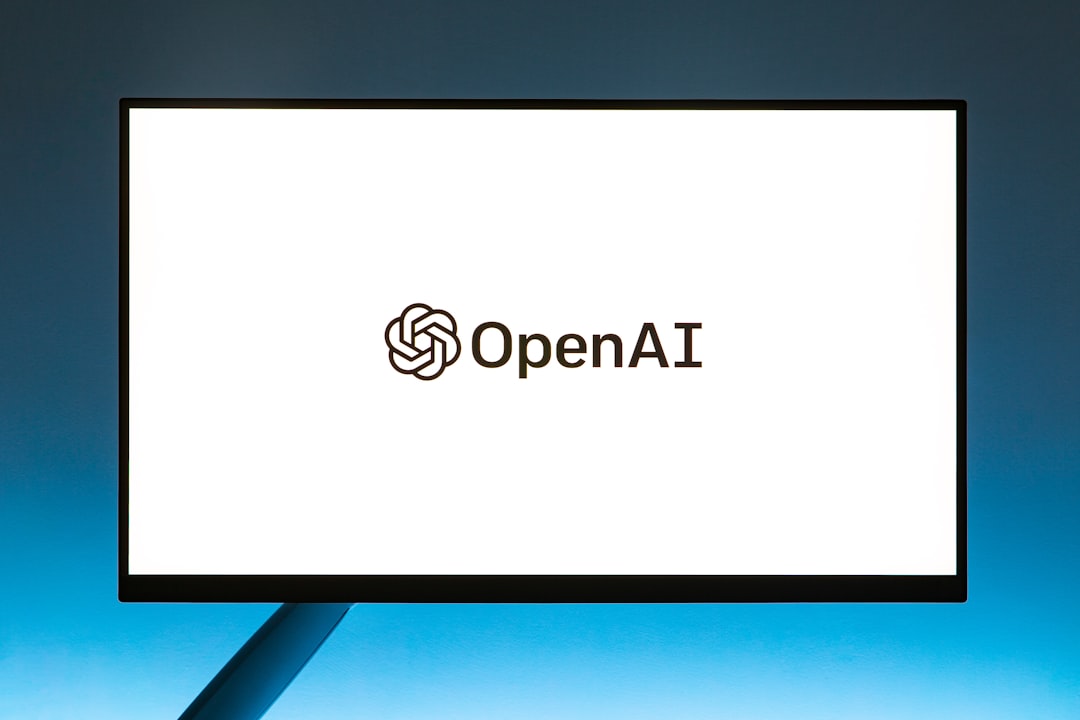What is a LLM

So, what is an LLM or large language Model? Here’s a basic explanation for those new to this topic.
Let’s say you want to teach a computer how to speak English. Of course, you could start by giving it a list of words and their definitions. But that wouldn’t be enough. You should also provide examples of how those words are used in sentences.
A large language model (LLM) is a computer program trained on massive text data. This data could include books, articles, websites, and social media posts. The LLM learns how to use language by analyzing this data and identifying patterns.
For example, an LLM might learn that the word “bank” can refer to a financial institution or the side of a river. The LLM might also learn that the word “cat” is often used to describe a small, furry animal.
Once an LLM has been trained, it can generate text, translate languages, and answer questions. For example, you could ask an LLM to write a poem about a cat or to translate a French article into English.
LLMs are still under development, but they have the potential to revolutionize the way we interact with computers. They could be used to create more natural and engaging user interfaces and to generate more creative and informative content.
A simplified analogy might help a non-computer literate person understand how LLMs work. Imagine a person who is trying to learn a new language. They could start by memorizing a list of words and their definitions. But this would be a long and inefficient way to learn. It would be much better if they could instead immerse themselves in the language by listening to native speakers, reading books and articles, and watching movies and TV shows. This is essentially how LLMs work. They are trained on massive amounts of text data, allowing them to learn language patterns naturally.

Here’s a quick summary of this article. An LLM or large language model is a computer program trained on massive text data to learn language by analyzing it and identifying patterns. LLMs can generate text, translate languages, and answer questions, and have the potential to revolutionize the way we interact with computers. They work by immersing themselves in languages like someone trying to learn a new language, listening to native speakers, reading books and articles, and watching movies and TV shows.